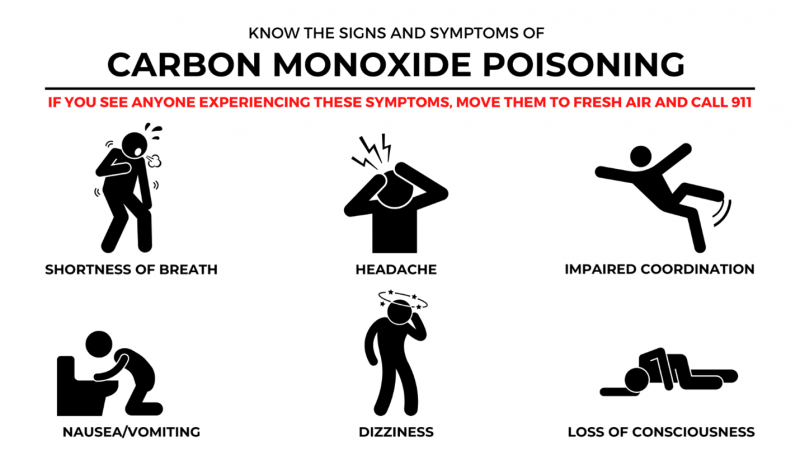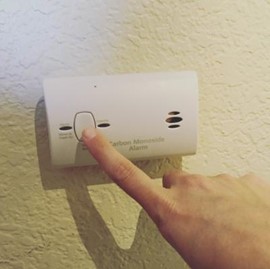-
Departments
-
- Departments Accounting Administration Aging and Disability Resource Center Arts & Culture Program Building Services Child Support Circuit Courts Clerk of Courts Coroner Corporation Counsel County Clerk Criminal Justice Coordinating Council
- Departments DNR Forester District Attorney's Office Emergency Management Environmental Health Extension Sauk County Health Care Center Health Highway Human Services Land Information/GIS Land Resources and Environment Management Information Systems
- Departments Parks and Recreation Personnel Register in Probate Register of Deeds Sheriff's Office Surveyor Treasurer Veterans Service Victim Witness County Directory Social Media Links
-
-
Government
-
- County Board Board Members Meeting & Agendas Video Recordings Committees County Departments County Directory County Ordinances County Social Media Links Building Locations West Square Building Historic Court House Courthouse Annex Law Enforcement Center Health Care Center Highway Shop Human Services (Reedsburg) Parks and Recreation
- Calendar Meetings and Agendas Upcoming Meetings Meeting Videos on Granicus Video Recordings Forms and Documents Forms, Permits, and Applications Documents, Reports, and Presentations Policies Legal Notices/Press Releases Press Releases Legal Notices Foreclosure List Sheriff Incident Reports Open Records Request Sheriff's Dept Records General Records Request
- Voting / Elections GAB Web - Polling Locations Register MY Vote WI Election Results Bids and Proposals Submitting Bids / Bid Process Current RFPs, RFBs, RFQs State Government State Agencies Hours of Operation Hours
-
-
Community
-
-
Community News
Business / Economic Development Place Plan Start Up Resources Business Financing Chambers of Commerce Registration of Firm Name Creating an LLC Permits Revolving Loan Fund (RLF)/CDBG Persons with Disabilities Apply for Benefits Disability Rights Wisconsin Disability Benefit Specialists Housing Transportation Caregiver Resources Employment Training - Residents Voting Dog License Elected Officials Parks Recycling Renters Libraries Marriage School Districts Severe Weather Shelters Road Conditions DMV Services Sheriff's Incident Reports Online Services List of Online Services GIS Tax Parcel iSite Property Tax Info (ALRS) Pay Clerk of Court Fees
- Homeowner/Property Property Tax Information Property Maps Zoning Information Permits Recycling School Districts Residential Vacation Check Form Foreclosure List Family and Health Nurse-Family Partnership Wis Immunization Program Women Infant Children Parks and Recreation Arts and Culture Libraries School Districts
- Seniors Retirement information Elderly Benefit Specialists Transportation Long Term Care Services Project Lifesaver Caregiver Resources Nutrition & Dining Centers Employment and Training Veterans Federal VA Services State Programs & Services Employment & Education Support Groups Health Care Home Loans Pension Benefits Transportation
-
Community News
-
-
Explore
-
-
ExploreSaukCounty.com
Parks Hemlock Park Lake Redstone Park Man Mound Park North End Boat Landing Sauk County Forest Summer Oaks Boat Landing Timme's Mill Weidman Woods White Mound Park Yellow Thunder Park -
Video Tour of Sauk County
Trails Great Sauk State Trail Hiking Horseback Skiing Snowmobiling Snowshoeing Outdoors & Nature Boat Landings Fishing Hunting Lakes, Rivers & Creeks Local Parks Natural Areas & Public Lands Nature Centers & Conservancies State Parks
Places to Eat & Drink Things to Do Places to Stay
-
ExploreSaukCounty.com
-
-
I Want To…
-
- Apply Marriage License Employment Passport Child Support Public Assistance Food Share Benefits BadgerCare Project Lifesaver Veteran's Benefits Dog License Permits Board of Adjustment Appeal/Zoning Appeal Arts & Culture Grants
- Request Obtain? Birth, Marriage, & Death Certificates Divorce Decree Court Transcripts White Mound Camping Reservation County Park Sticker Transportation Services Hunting Fishing Rec Permits Timber Cutting Permits Vehicle Registration Drinking Water Test Kits Soil Test Kits Pay Court Fees Traffic Tickets Property Taxes Child Support CPZ Fees
- File Divorce Will Deeds Property Liens Small Claims Guardianship Permits Claim for Service Related Disability (Veteran's) Appeal Zoning Ordinances Certified Survey Map Volunteer Aging & Disability UW Extension Parks Land Conservation Neighbor in Need
- Find Agendas and Minutes Property Tax Info Maps Foreclosures Sheriff's Incident Reports Warrant List Sex Offender Registry Zoning Info Voting/Election Info Sanitary/Septic Info Recycling Info Caregiver Relief/Assistance Genealogy Records Vote Register to Vote Polling Places
-
Carbon Monoxide
This project was supported with funds from the Environmental Public Health Tracking Program, Division of Public Health, Wisconsin Department of Health Services as part of the Taking Action with Data project.
Carbon monoxide is a gas that can’t be seen or smelled but is dangerous-even deadly.
It's made when fuels—like gas, kerosene, propane, or wood—are burned. In homes, carbon monoxide can quickly build up from a poorly vented or malfunctioning heater, furnace, range, fuel-powered appliances, or a car left idling in a garage.
Carbon monoxide is the most common cause of deadly poisonings.
Protect yourself and your family. Make sure you have working carbon monoxide detectors on every level in your home.
Know the Signs and Symptoms of Carbon Monoxide Poisoning:
CO poisoning can happen any time of year, but it is more common in the fall and winter months. While some populations like infants, people with respiratory conditions, and those older than 65 are at increased risk of illness, anyone can experience symptoms of CO poisoning.
Symptoms of carbon monoxide poisoning include:
- Headache
- Fatigue
- Dizziness
- Shortness of breath
- Nausea/Vomiting
- Confusion
- Impaired coordination, and
- Loss of consciousness
At high levels, carbon monoxide can cause death within minutes. Go to fresh air and call 911 immediately if you see the symptoms of carbon monoxide poisoning or if your alarm sounds.
 |
Protect Yourself and Your Family
- Make sure you have working carbon monoxide alarms. Wisconsin State law requires carbon monoxide detectors to be placed on each floor level in all Wisconsin homes. It is best to have them located near sleeping areas. Use a battery-powered carbon monoxide detector where you have fuel burning devices such as in tents, cabins, campers and RVs. Test CO detectors monthly.
- Have your furnace, wood-burning stove, and chimney inspected every year.
- Never run a car in an enclosed space. Even with a door or window open, CO levels can build to unsafe levels.
- Always run generators outside at least 20 feet from people.
- Never run a grill or gas propane heater inside your home.
If you need assistance in getting a Carbon Monoxide Detector for your home, contact Public Health Sauk County at 608-355-3290.

Carbon Monoxide Detector Laws in Wisconsin:
- All single family and two-unit homes, new and existing, must install a CO alarm on every floor level near sleeping areas.
- New construction must be hard-wired with a battery back-up.
- Existing homes (built before February 1, 2011) may install battery, plug-in, or combination smoke/CO devices.
- Carbon monoxide detectors shall bear an Underwriters Laboratories, Inc., listing mark.
- The law took effect February 1, 2011.
- Alarms should be installed in accordance with directions from manufacturer.
- Exceptions:
- CO alarms are required in new and existing homes that have any fuel burning appliance, which includes: stoves, ovens, grills, clothes dryers, furnaces, boilers, water heaters, fireplaces and heaters OR an attached garage. If none of the above apply, no CO detector is needed.
- Alarms do not need to be installed in the attic, garage, or storage area of homes.
For more information:
- EPA Carbon Monoxide’s Impact on Indoor Air Quality: https://www.epa.gov/indoor-air-quality-iaq/carbon-monoxides-impact-indoor-air-quality
- WI DHS Carbon Monoxide: https://www.dhs.wisconsin.gov/air/co.htm
- CDC Carbon Monoxide Poisoning: https://www.cdc.gov/co/
